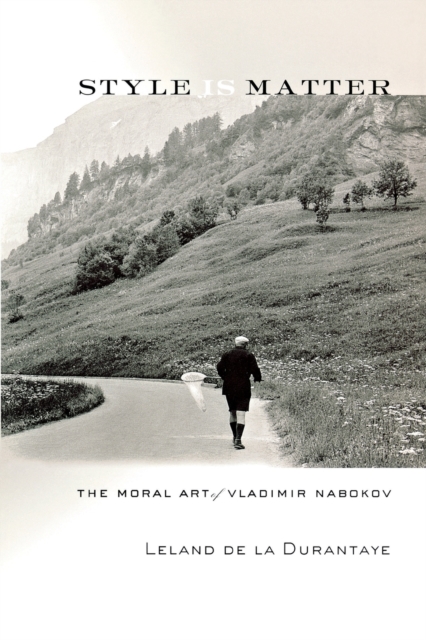"How should we read Lolita? The beginning of an answer is that we should read it the way all great works deserve to be read: with attention and intelligence. But what sort of attention should we pay and what sort of intelligence should we apply to a work of art that recounts so much love, so much loss, so much thoughtlessness--and across which flashes something we might be tempted to call evil? To begin with, we should read with the attention and intelligence we call empathy. A point on which all readers can agree is that great literature offers us a lesson in empathy: it encourages us to feel with the strange and the familiar, the strong and the weak, the vulgar and the cultivated, the young and the old, the lover and the beloved. It urges us to see our own fates as connected to those of others, to link the starry sky we see above us with whatever moral laws we might sense within."--from Style is Matter"Some of my characters are, no doubt, pretty beastly, but I really don't care, they are outside my inner self like the mournful monsters of a cathedral facade--demons placed there merely to show that they have been booted out."--Vladimir Nabokov, Strong OpinionsWith this quote Leland de la Durantaye launches his elegant and incisive exploration of the ethics of art in the fiction of Vladimir Nabokov. Focusing on Lolita but also addressing other major works (especially Speak, Memory and Pale Fire), the author asks whether the work of this writer whom many find cruel contains a moral message and, if so, why that message is so artfully concealed. Style is Matter places Nabokov's work once and for all into dialogue with some of the most basic issues concerning the ethics of writing and of reading itself.De la Durantaye argues that Humbert's narrative confession artfully seduces the reader into complicity with his dark fantasies and even darker acts until the very end, where he expresses his bitter regret for what he has done. In this sense, Lolita becomes a study in the danger of art, the artist's responsibility to the real world, and the perils and pitfalls of reading itself. In addition to Nabokov's fictions, de la Durantaye also draws on his nonfiction writings to explore Nabokov's belief that all genuine art is deceptive--as is nature itself. Through de la Durantaye's deft and compelling writing, we see that Nabokov learned valuable lessons in mimicry and camouflage from the intricate patterns of the butterflies he adored.










